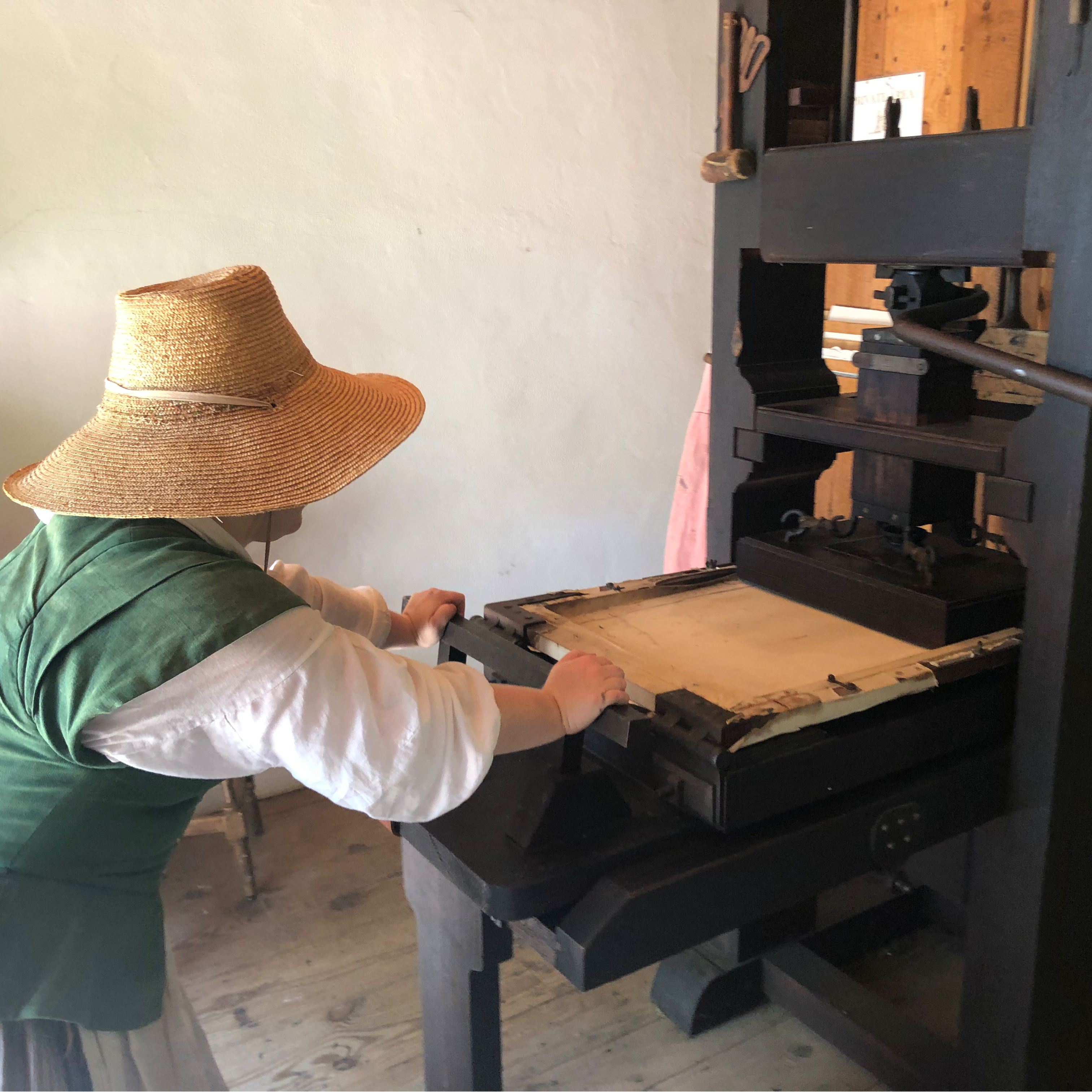Anyway, have you ever tried to measure a 343 meter long piece of string? It sounds far easier than it actually is. But we did it -- after three failed attempts -- and I am here to give you some hints. Because it really is worth it in the end.
First, you need two adults.
Second, you need a cone of string. A ball of string just rolls all around but a cone will stand still. Set it by your feet, not on the table, and when you need more string just pull straight up and more will come. To avoid tangles, if you are left handed, put the cone by your left foot and if you are right handed, put the cone by your right foot.
Third, use stickers to help you. I found a pack of little stickers in our office supply closet at work and I wrote the numbers (skip counting by twos) on them. 2, 4, 6, 8, 10, 12...342. This REALLY helps if you lose your place. If you have one child, they hold all the stickers. If you have more than one child, divvy the stickers up between them. It is more fun for kids to have random numbers (and it helps with number recognition) so I recommend that you cut your sheet of stickers into however many number of children you'll have in advance, then write the numbers on them in random order. We had one child standing and putting twelve stickers on in a row and the other children had nothing to do but wait, so that wasn't much fun and the room got noisy very quickly.
Fourth, get a meter stick. This is pretty much essential equipment for the project.
Fifth, wrap the string around the meter stick from end to end and back again. This is two meters. Have a child put the 2 sticker on the string and fold the sticker in half so that it will stay. If you continue to wrap string around the stick, adding a sticker every two meters and letting the string which has already been measured fall off the stick, you'll get into a good rhythm quickly. It took us about half an hour to measure the string. The other adult is needed to wrap the measured string around a dowel rod (this makes it easier to unroll and re-roll). Don't just let it pile up on the floor or you will have a real mess. Keep a pair of scissors handy in case a knot forms which you can't control. There's no reason why you can't cut the string, untangle the knot, and then rejoin the string.




 Immersive Experience
Immersive Experience Immersive Experience
Immersive Experience








No comments:
Post a Comment